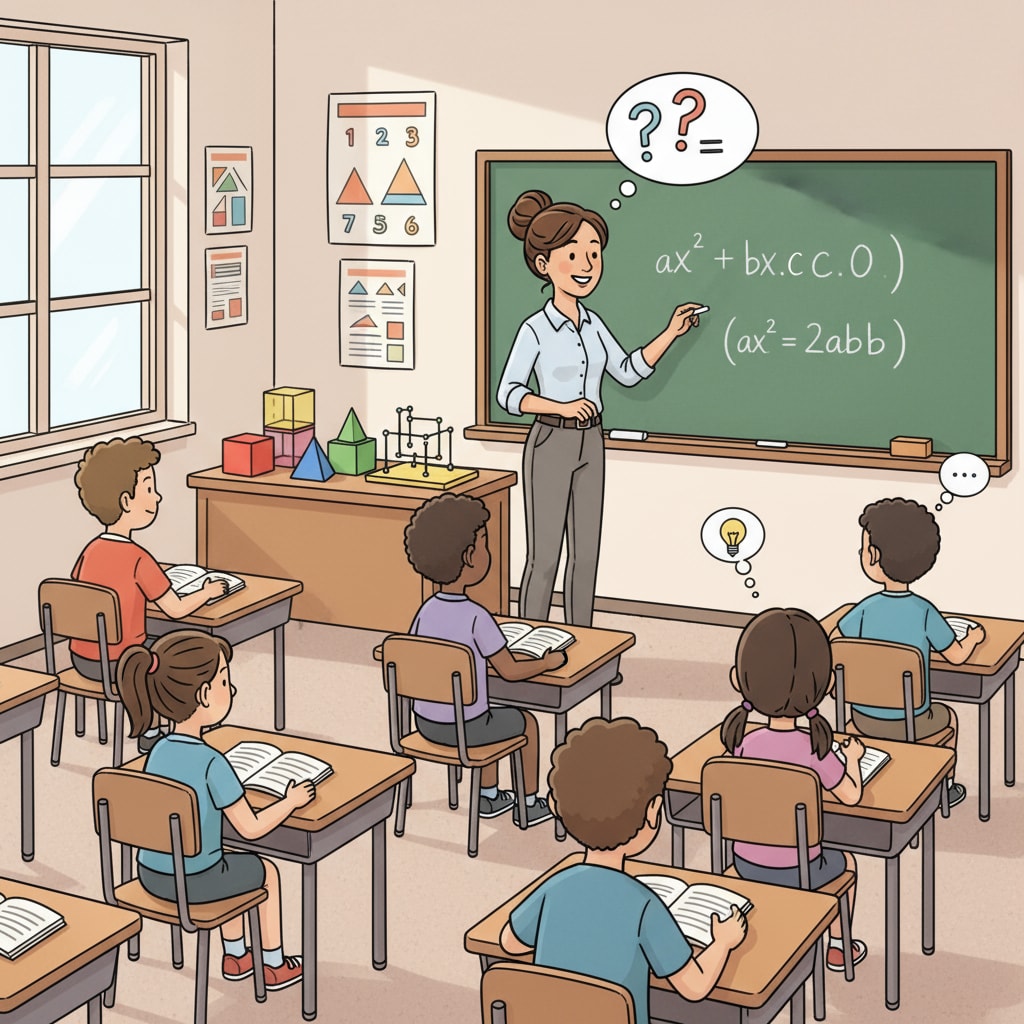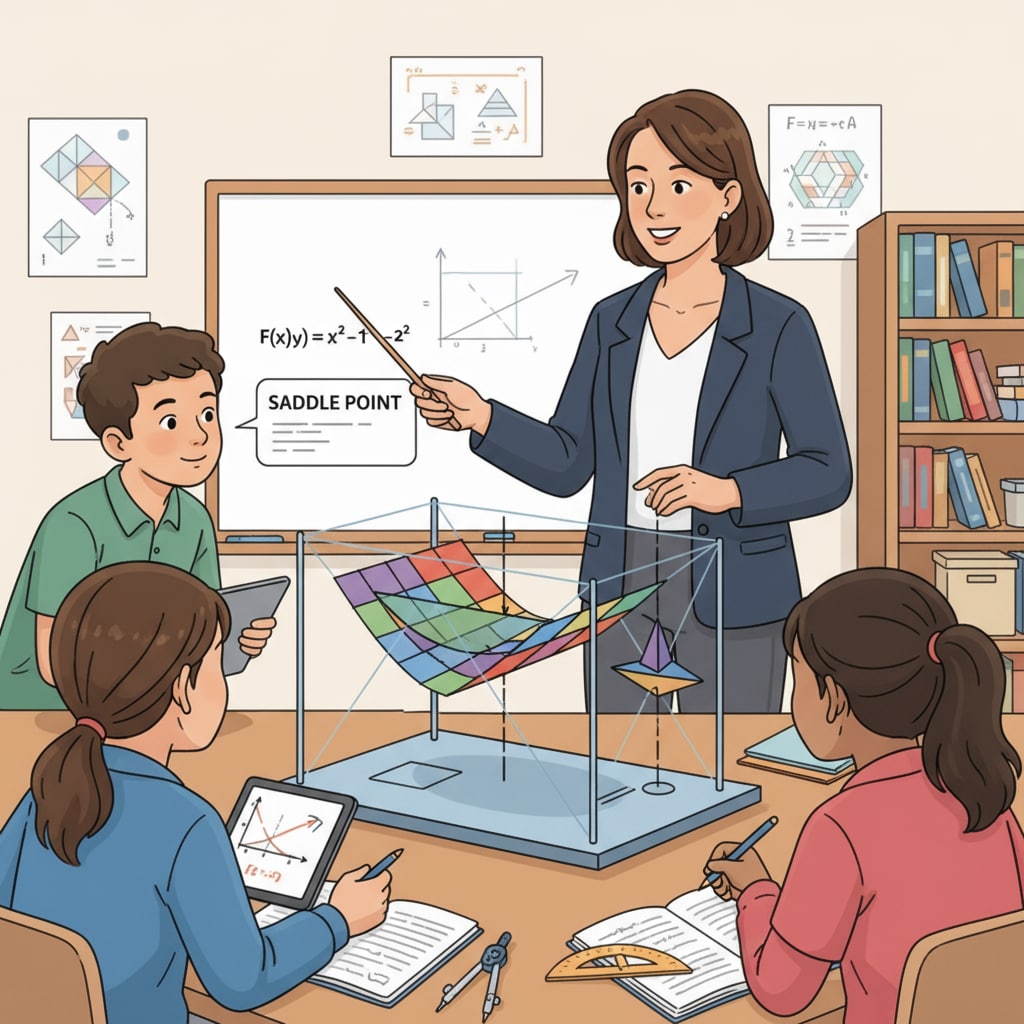Teaching, engineering degrees, and mathematics education often seem like distinct domains, but there is a fascinating path that connects them. For those with a mechanical engineering background who are considering a shift into the field of mathematics education, this article will explore the feasible routes, challenges, and opportunities that lie ahead.

The Motivations Behind the Transition
There are several reasons why an engineer might be drawn to mathematics education. Firstly, the love for teaching and sharing knowledge. Engineers often have a deep understanding of complex mathematical concepts, and the desire to pass on this knowledge to the next generation can be a powerful motivator. Secondly, a longing for a more stable work-life balance. The demanding nature of engineering projects may sometimes lead to long hours and high stress levels. In contrast, a career in education typically offers more regular hours and a chance to make a positive impact on students’ lives. For example, many engineers find that the satisfaction of seeing a student finally grasp a difficult math concept is far more rewarding than any engineering project.
The Skills Transfer from Engineering to Math Education
One of the great advantages of an engineering background is the wealth of skills that can be directly transferred to mathematics teaching. Strong problem-solving skills, which are honed in engineering, are essential for helping students understand and solve complex math problems. Additionally, engineers are often proficient in logical thinking and analytical reasoning. These skills enable them to break down difficult mathematical concepts into more manageable parts for students. For instance, an engineer’s ability to use real-world examples to illustrate abstract math concepts can make the learning process more engaging and relatable. Problem-solving skills on Wikipedia

The Challenges on the Path
However, the transition is not without its challenges. One of the main hurdles is the lack of formal teaching training. Most engineering programs do not include courses on educational pedagogy, classroom management, or assessment methods. This means that engineers looking to enter math education need to invest time in acquiring these essential teaching skills. Another challenge is the need to adapt to the different learning paces and styles of students. In engineering, projects often have a set timeline and a specific way of approaching tasks. In a classroom setting, teachers must be flexible and able to meet the diverse needs of individual students. Educational pedagogy on Britannica
The Steps to Make the Transition
To successfully transition into mathematics education, several steps can be taken. First, consider enrolling in a teacher certification program. These programs typically cover educational theory, teaching methods, and classroom management. Some programs may also offer opportunities for hands-on teaching experience. Second, gain practical teaching experience. This can be achieved through volunteering at local schools, tutoring students, or participating in teaching assistantships. Building a portfolio of teaching materials and lesson plans during this time can also be beneficial. Finally, network with other educators. Attend educational conferences, join teaching associations, and connect with math teachers on social media. This can provide valuable insights, support, and potential job opportunities.
Readability guidance: As we have seen, the transition from an engineering career to a mathematics education one is filled with both challenges and opportunities. By leveraging their existing skills and taking the necessary steps to acquire teaching expertise, engineers can find a fulfilling new career in math education. It’s a journey that requires dedication, but the rewards of shaping young minds and sharing the beauty of mathematics are well worth it.


